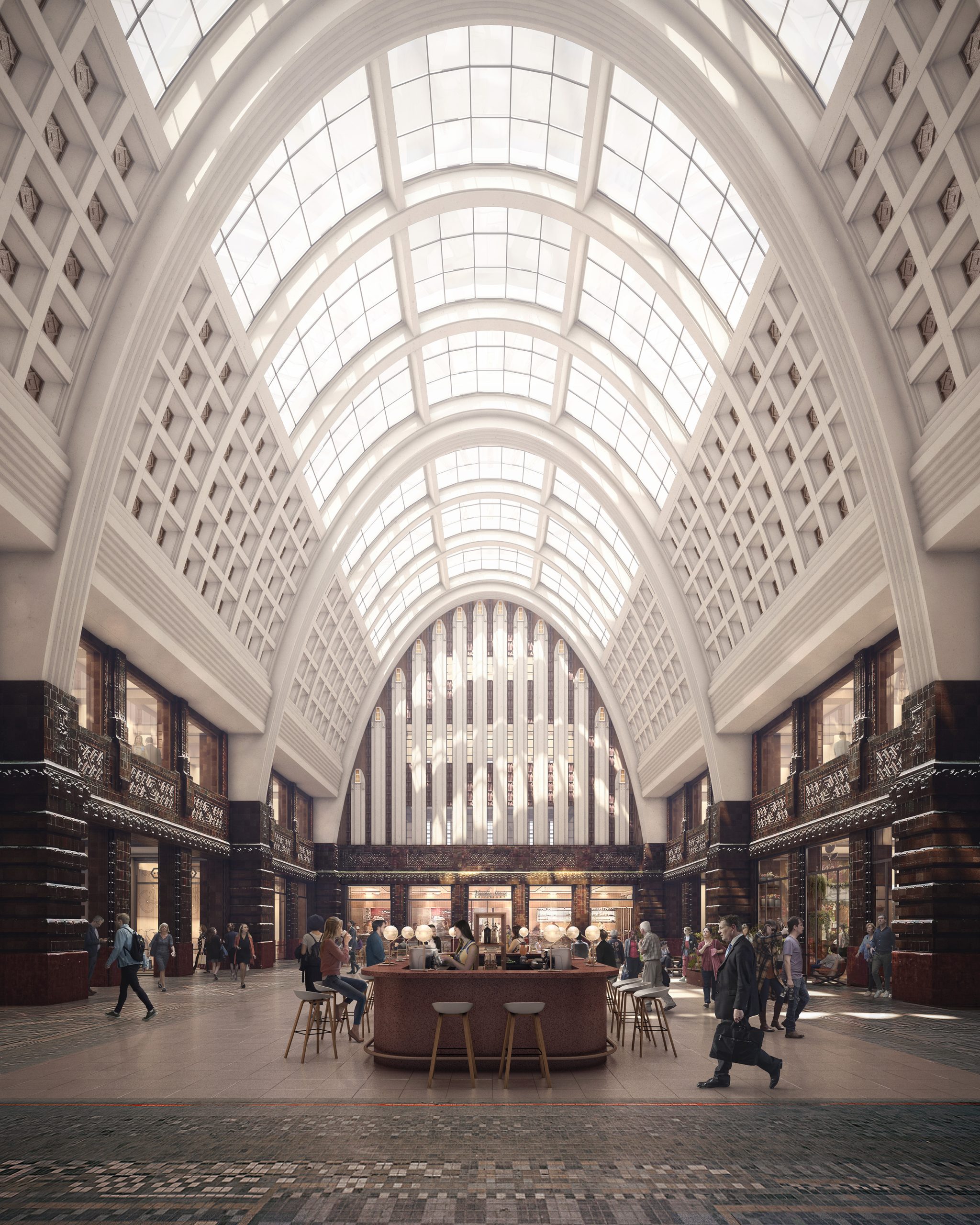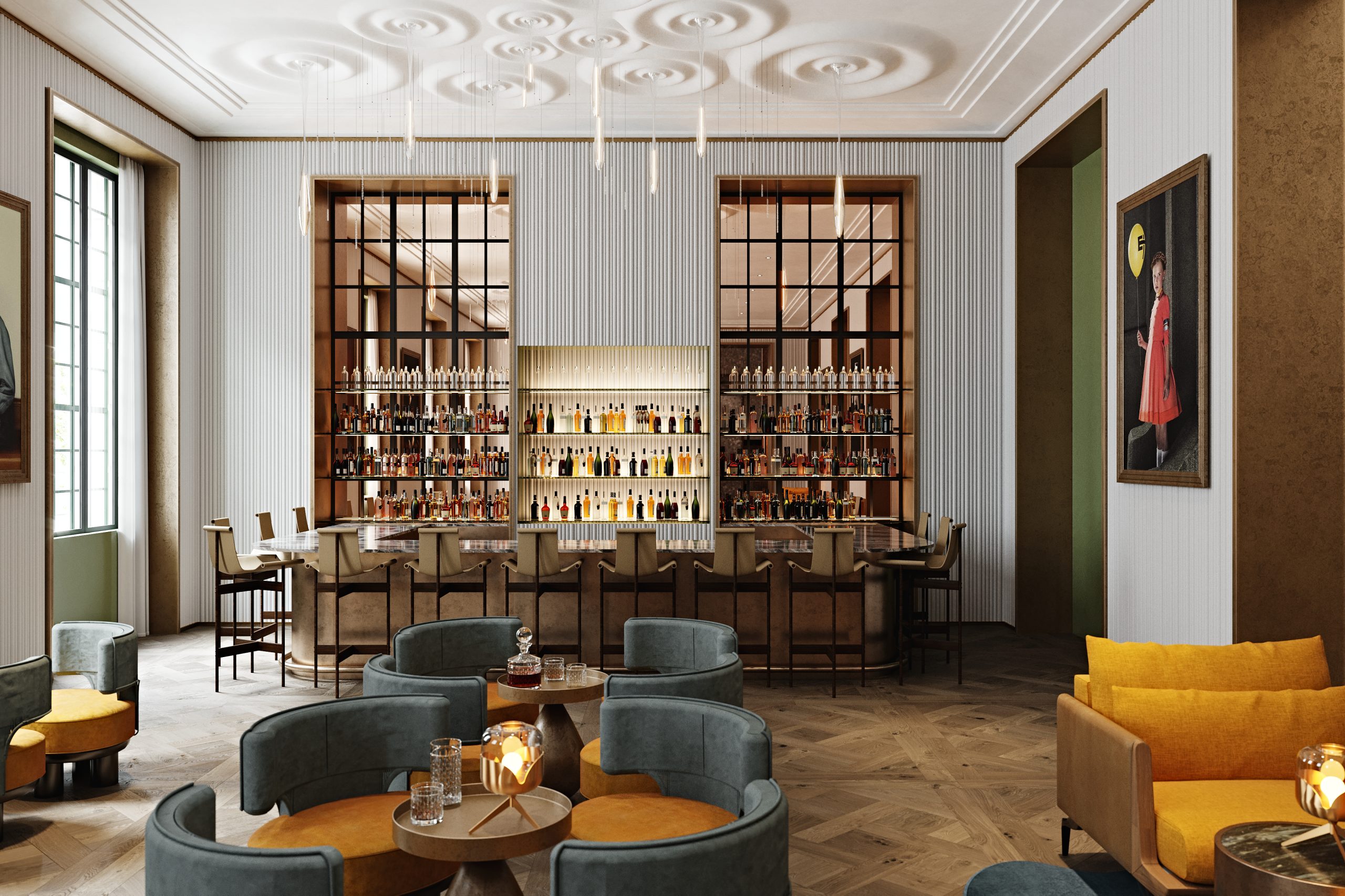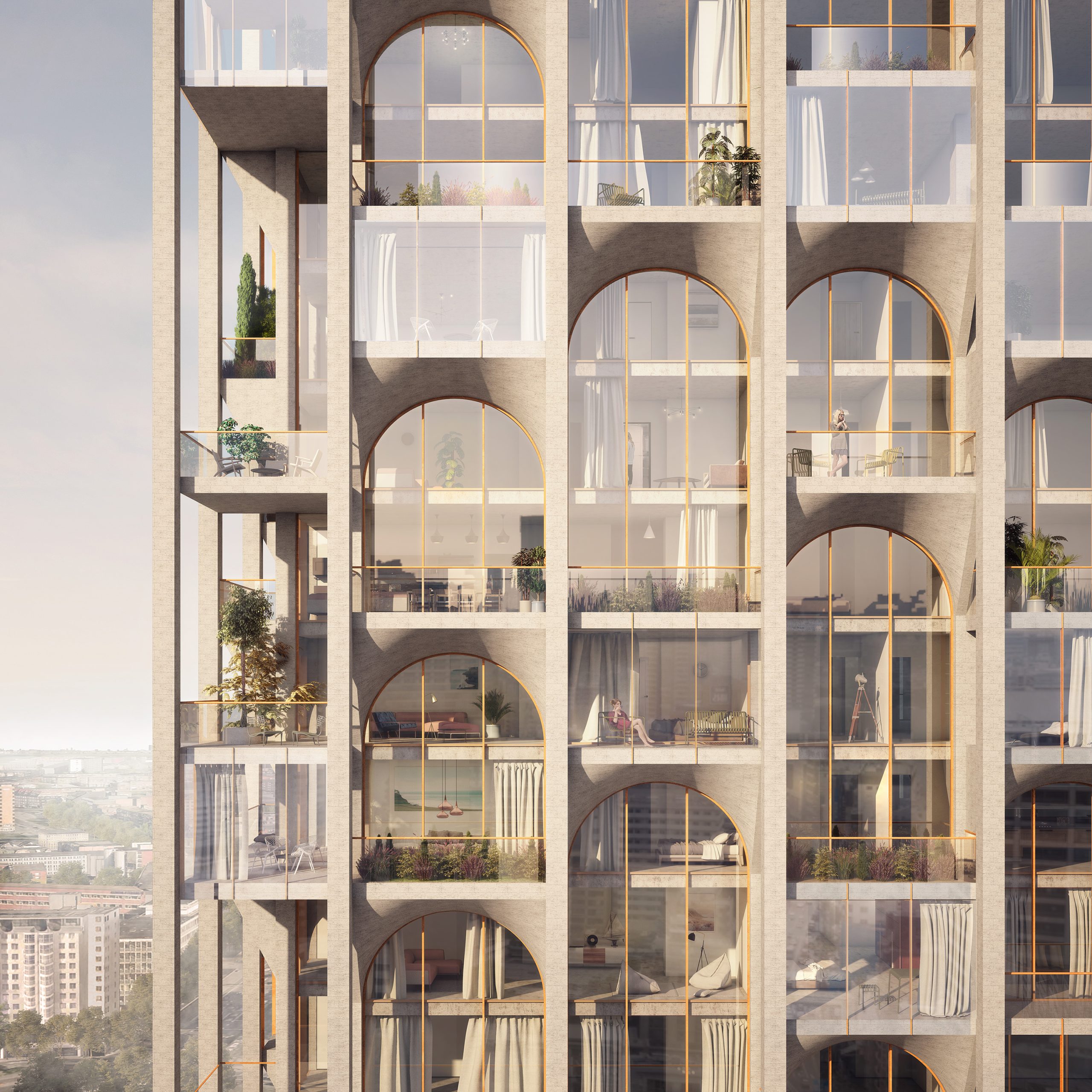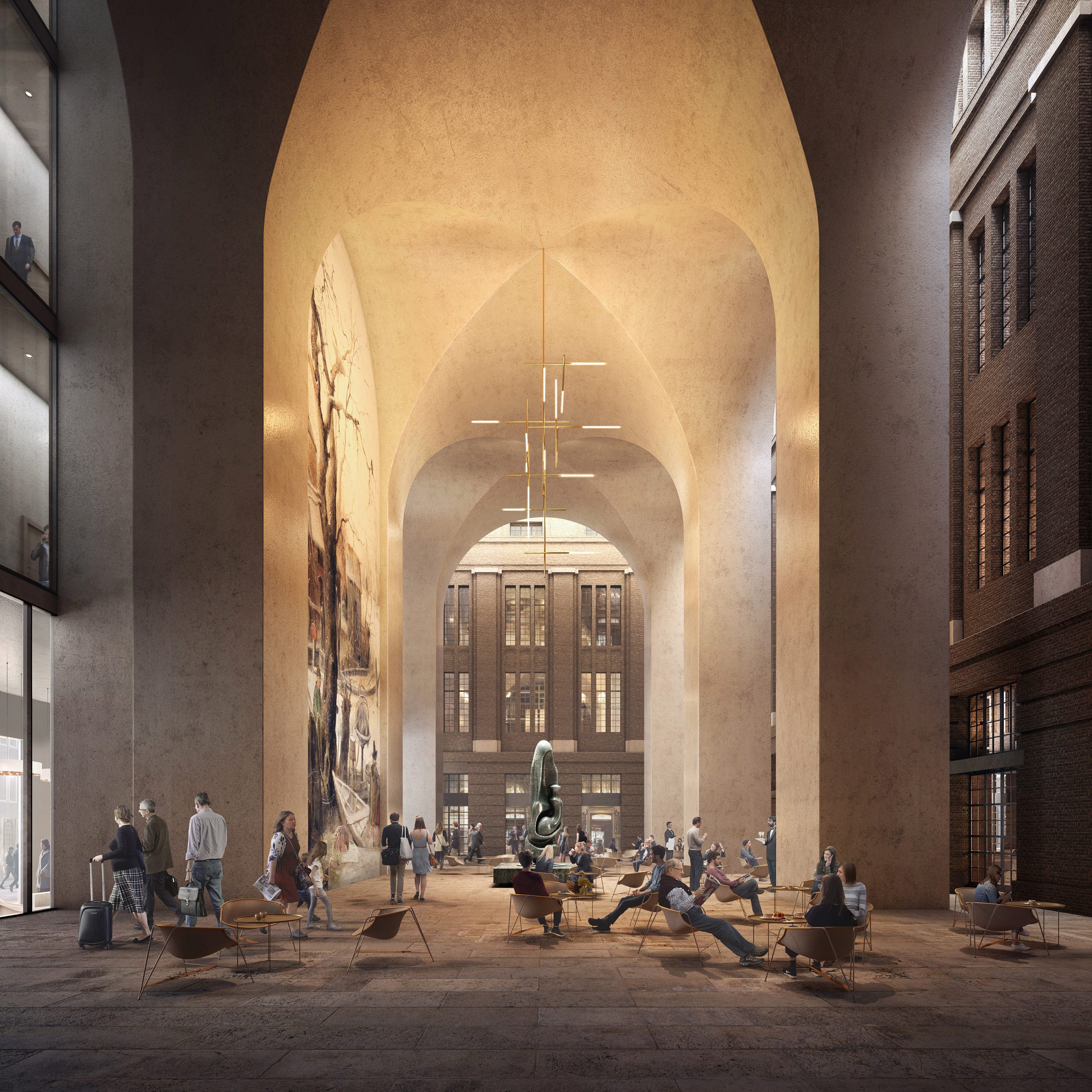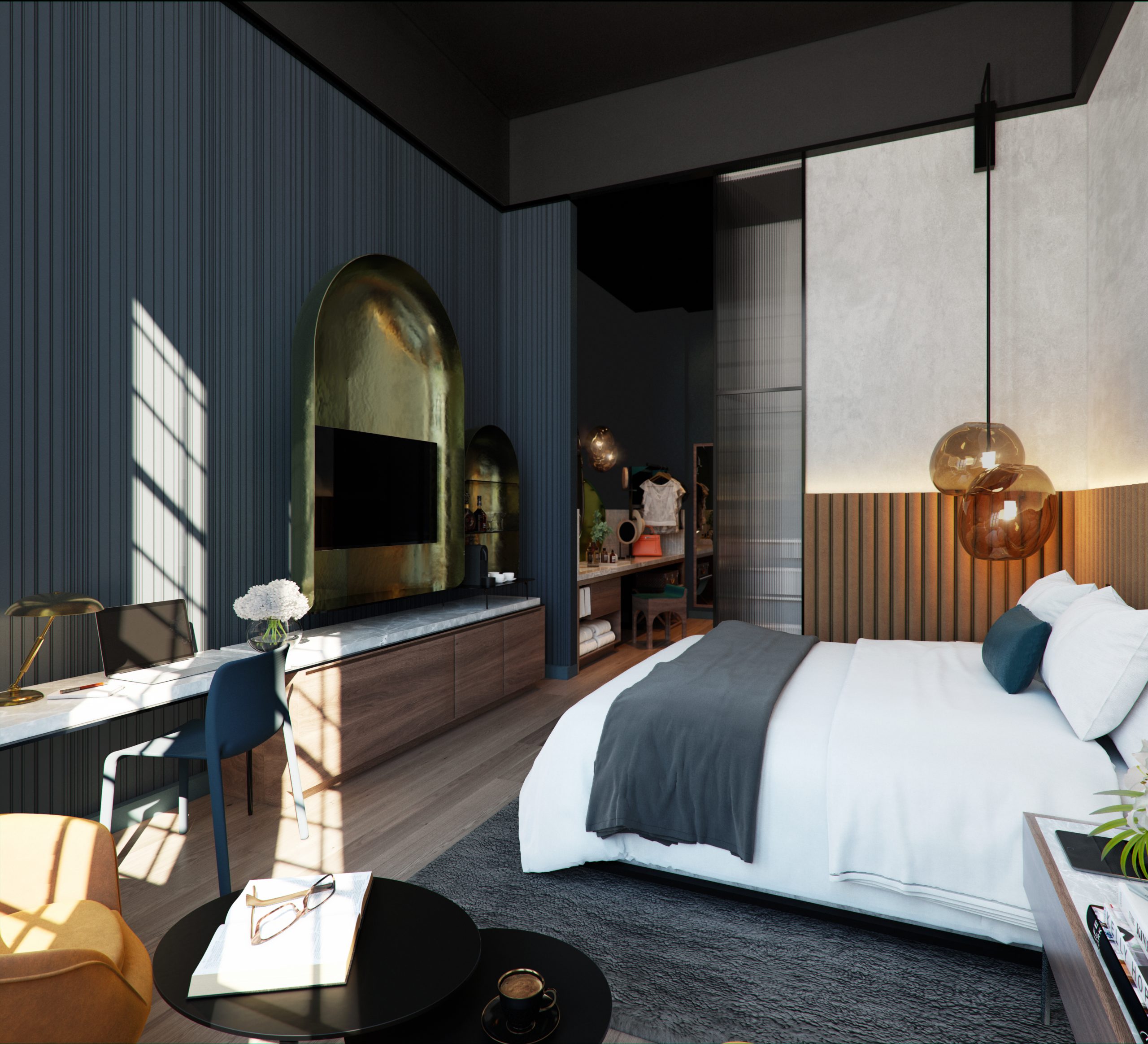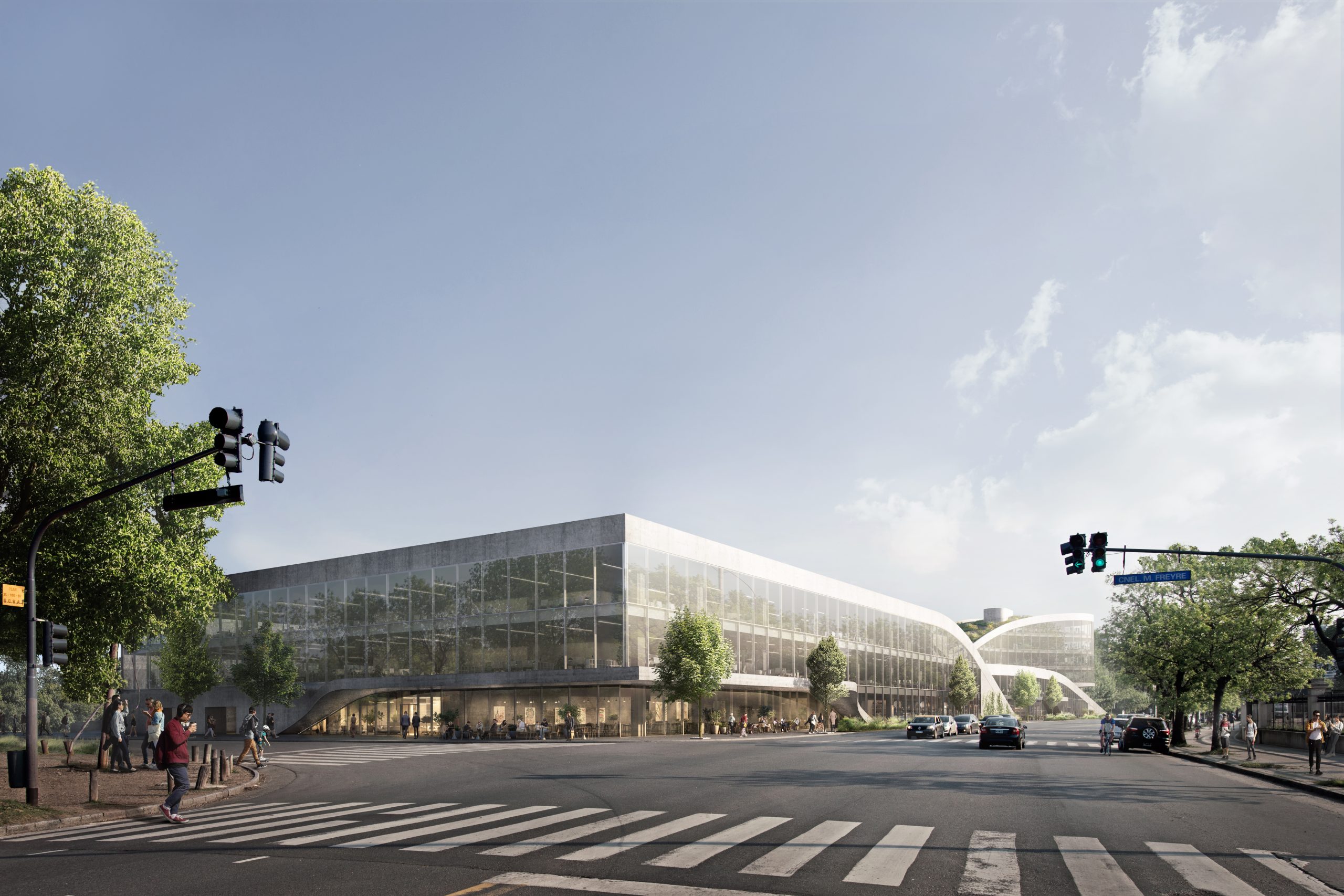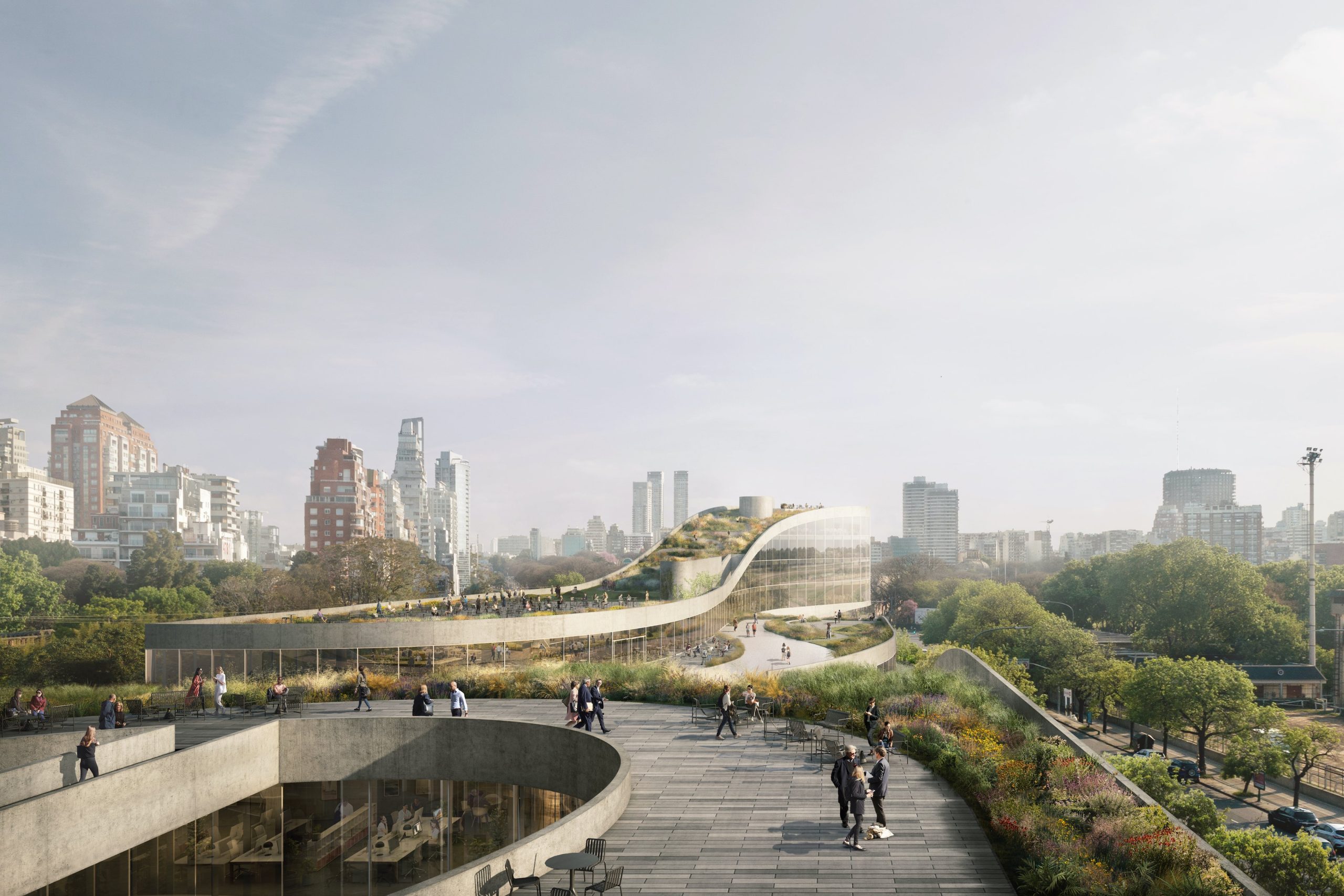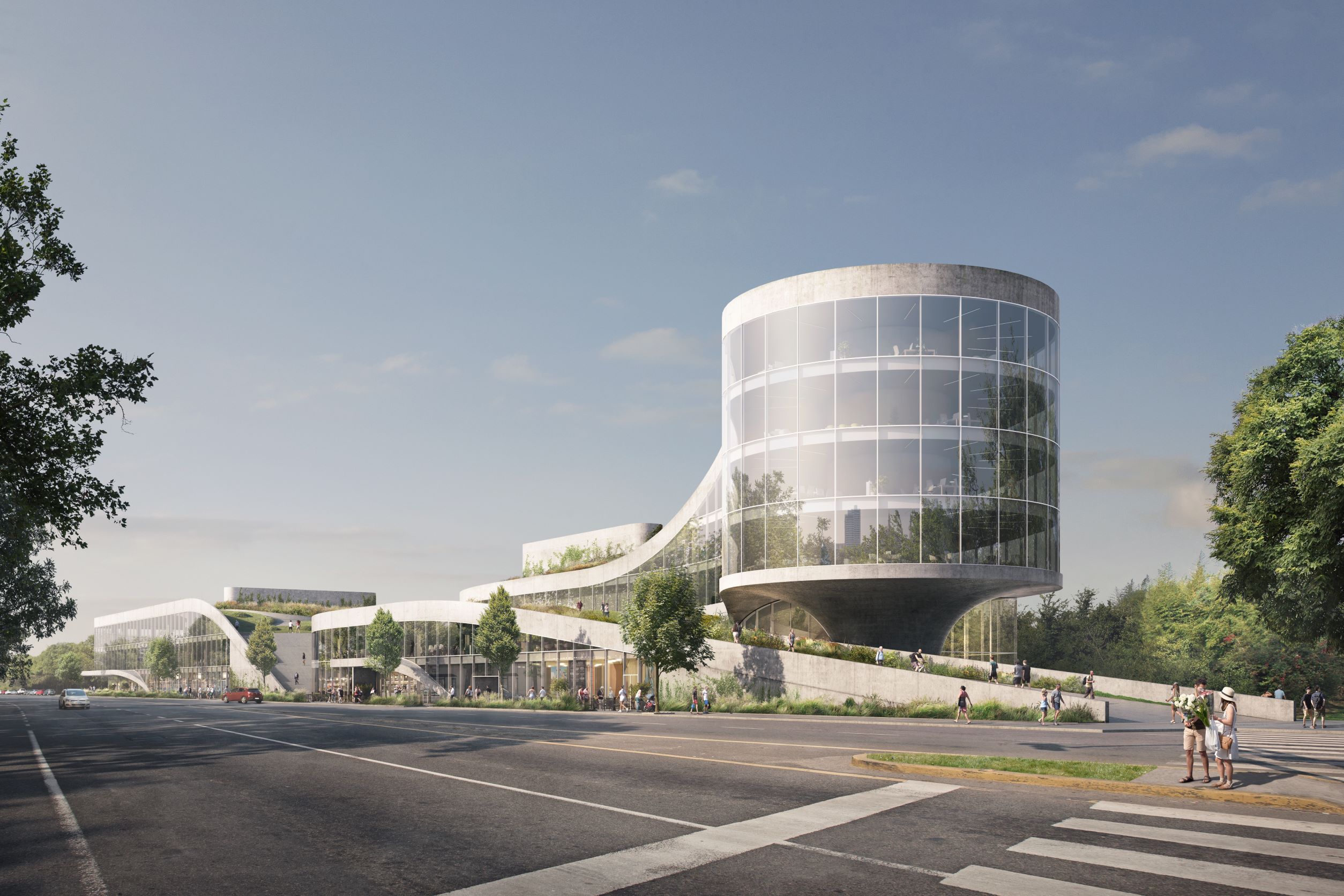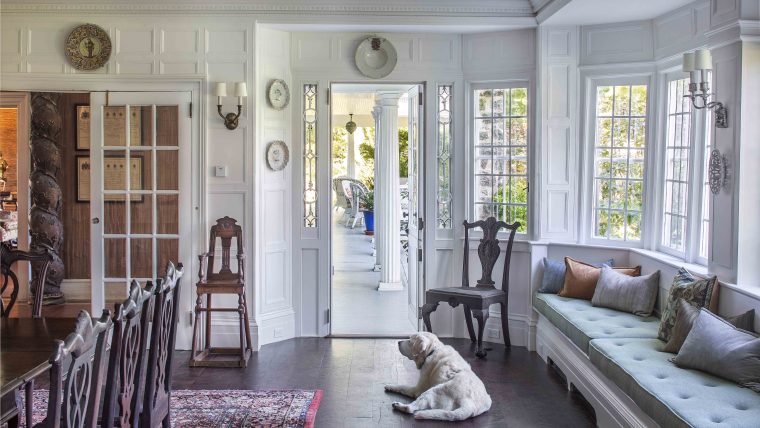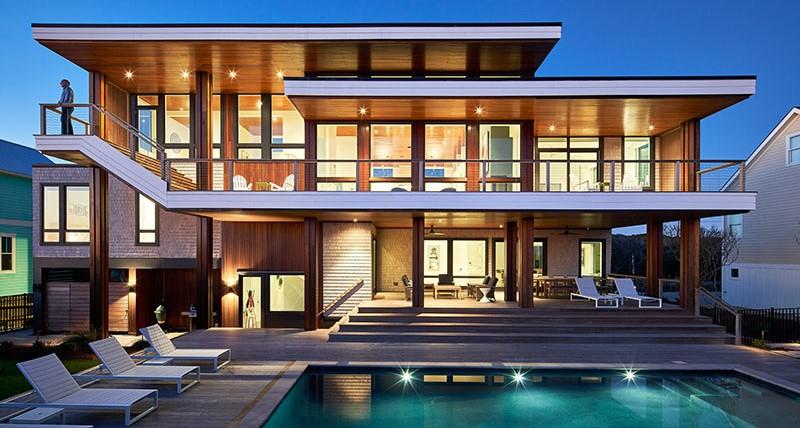The idea of form following function has evolved in recent years, says Eran Chen, founder of New York-based ODA Architecture.
And he explores it in the firm’s new monograph: “ODA: Office of Design and Architecture.”
“Modernism has this notion that the form of buildings should follow the functions they serve,” Chen says. “That’s a post-industrial notion, with a utilitarian point of view.”
But in an era of working from home – a place where we live and entertain too – the time has arrived for us to focus not just on what we do, but what we’re becoming.
“Form follows experience,” he says.
That’s led him to a slightly new way of looking at urbanism, with something he calls it Fractal Porosity. That’s fractal, as in the way a river or forest repeats itself at different scales. And Porosity, a geological term that addresses the amount of light inside a material.
“It’s how we can use gaps to design our cities across different scales to create human scale,” he says. “It humanizes it and makes it more connected to nature and the outside.”
A courtyard may be one way of achieving that. But the new book demonstrates how porosity can be found not just in an apartment, but in a building, a full block, a neighborhood or an entire city.
One example cited in the book is Paseo Gigena in Buenos Aires, ODA’s reductive use of a former parking garage. The firm reshaped it to create a continuous ramp that connects two sides of the building, and allowing public access.
“It’s a park, a place of observation, a space for public events and for leisure – hiking and biking – in addition to its function as an office building,” he says.
In the end, porosity about creating a place where community engagement and social connectivity can flourish. “As architects, that’s our new obligation,” he says. “My passion is built down inside social interaction.”
He sees the most successful buildings today as those that are the most diverse in the public realm. They’re accessible, inviting and exciting – with engagement at the ground level. “People want to live and work there and experience it all.”
One outcome is that the public realm is now often paid for by the private realm, as opposed to the exclusivity that once was considered valuable. Value now lies in living, working and playing in less exclusive areas. “They’re more open and inclusive – and it’s great for offices too,” he says.
That leads to a second example in ODA’s new book – a building in Rotterdam called the Post. It was a 1930s post office building that had been vacant for 12 years. Centrally located, it was still a space the city didn’t know how to use effectively.
ODA proposed a complete renovation with mixed use – event space, offices and a hotel. Its ground level is now connected to neighborhoods surrounding it with covered urban areas that lead people though, and connect them from one side to another. There’s porosity and mixed use, 24/7, with gardens and courtyards.
“There’s urban connectivity and great experiences and that increased the value,” he says. “Everybody wants to be there.”
So in ODA’s hands now, form – and prosperity – are following experience.
For more, go here.

